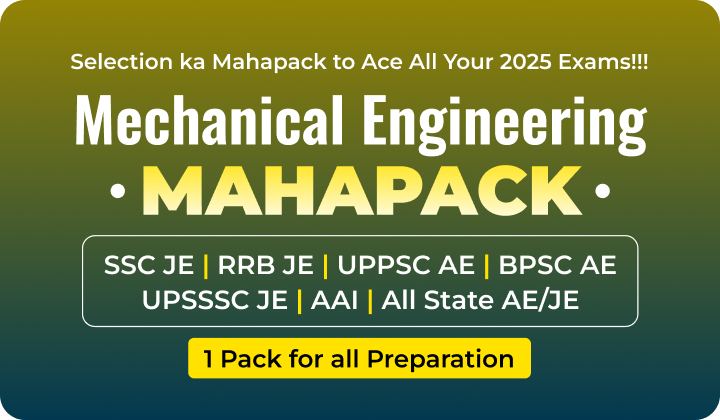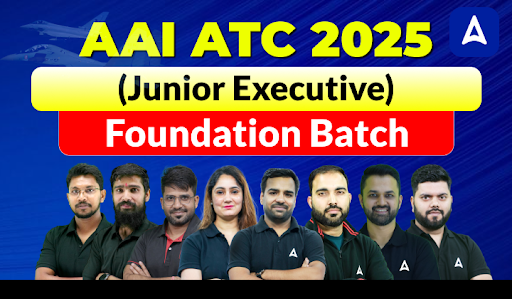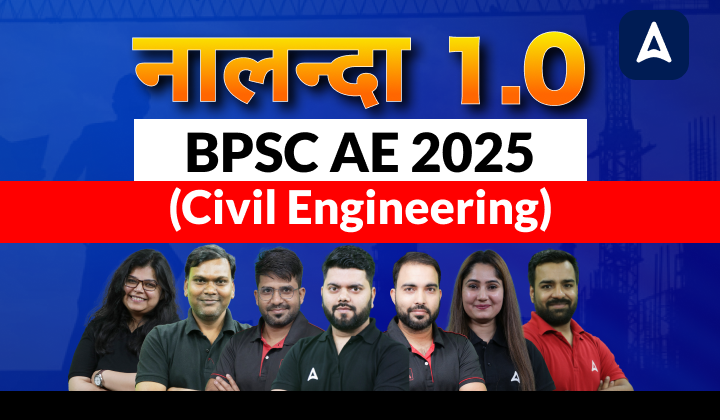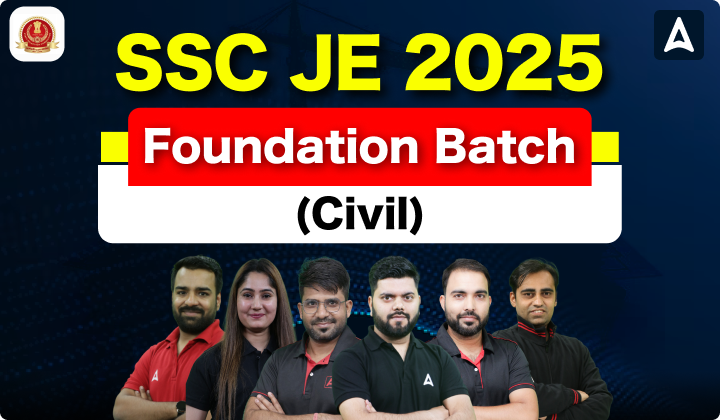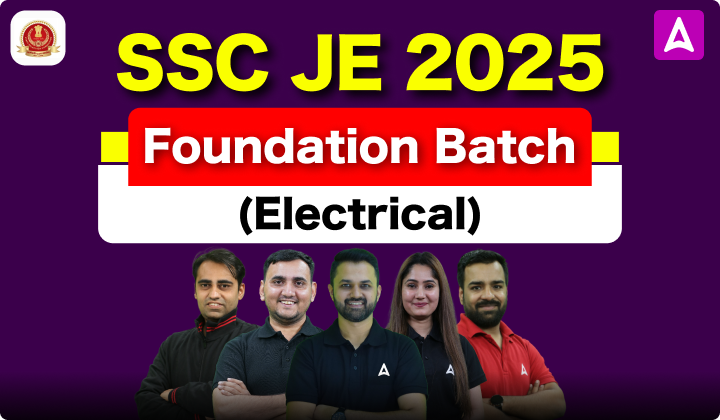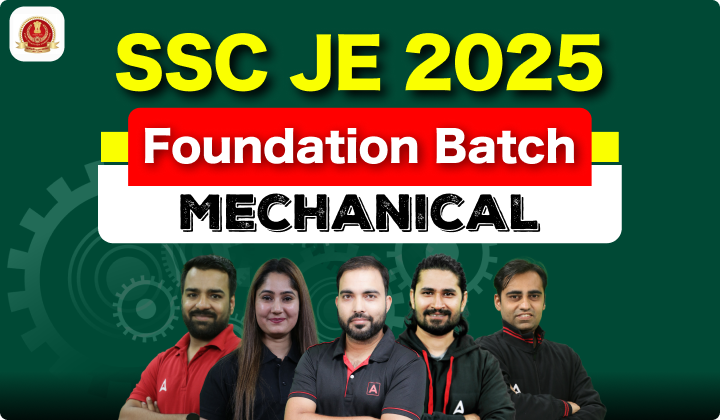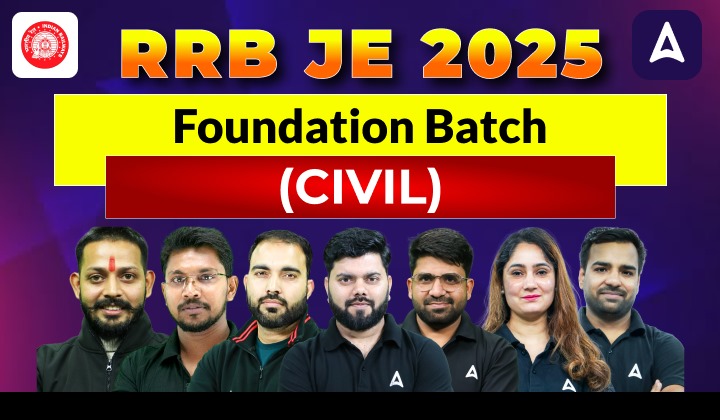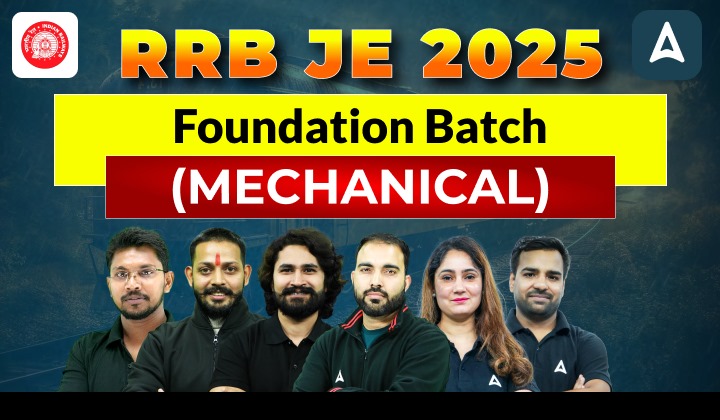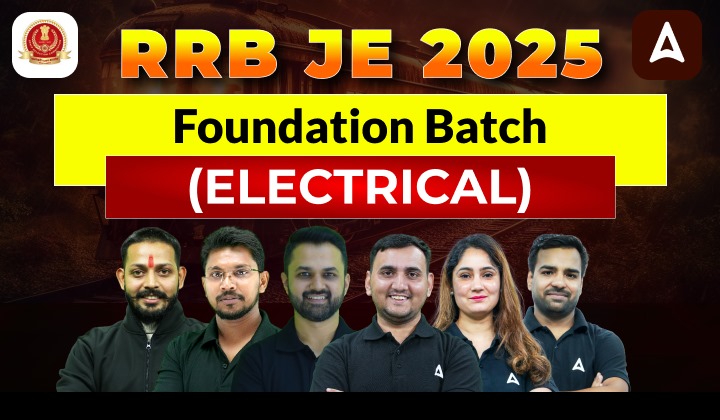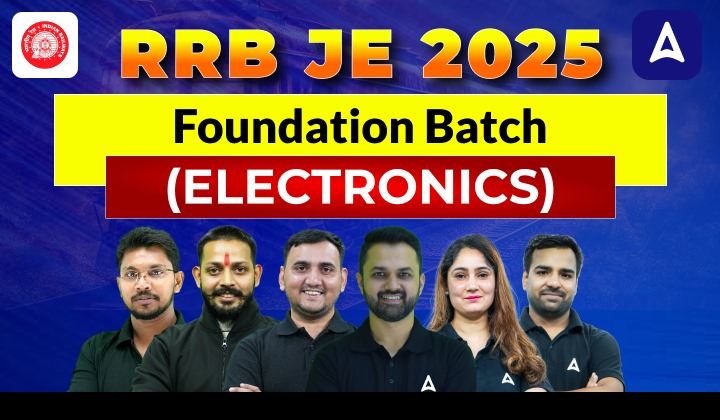Table of Contents
Bhabha Atomic Research Centre invited online applications from eligible candidates for various Scientific Officer Posts. Now the candidates are preparing to crack this examination to get their dream job. The BARC will organize the online exam to shortlist the candidates. To boost the preparation of aspirants for the upcoming BARC Exam 2025, we’ve provided the detailed BARC Syllabus for Mechanical Engineering. Check the article till the end to get all the important information related to BARC Syllabus 2025 & bookmark this website for further Engineering Job Updates.
BARC Scientific Officer Syllabus 2025 Mechanical
The candidates registered for BARC Scientific Officer Recruitment 2025 must go through the detailed syllabus to plan their effective preparation to crack the examination with a good score. The BARC Scientific Officer Syllabus 2025 Mechanical is given below to help the aspirants. The complete topic-wise BARC Syllabus 2025 is provided in this article for the ease of aspirants. So, refer to the full article to understand the detailed BARC Scientific Officer Mechanical Engineering Syllabus briefly.
BARC Syllabus 2025 Mechanical Engineering
The Detailed topic-wise Syllabus of Mechanical Engineering for BARC Recruitment is given below. Check the Syllabus and Align your preparations accordingly.
Engineering Mathematics
Linear Algebra: Matrix algebra, systems of linear equations, eigenvalues, and eigenvectors.
Calculus: Functions of a single variable, limit, continuity and differentiability, mean value theorems, indeterminate forms; evaluation of definite and improper integrals; double and triple integrals; partial derivatives, total derivative, Taylor series (in one and two variables), maxima and minima, Fourier series; gradient, divergence and curl, vector identities, directional derivatives, line, surface and volume integrals, applications of Gauss, Stokes and Green’s theorems.
Differential equations: First-order equations (linear and nonlinear); higher-order linear differential equations with constant coefficients; Euler-Cauchy equation; initial and boundary value problems; Laplace transforms; solutions of heat, wave, and Laplace’s equations.
Complex variables: Analytic functions; Cauchy-Riemann equations; Cauchy’s integral theorem and integral formula; Taylor and Laurent series.
Probability and Statistics: Definitions of probability, sampling theorems, conditional probability; mean, median, mode, and standard deviation; random variables, binomial, Poisson, and normal distributions.
Numerical Methods: Numerical solutions of linear and non-linear algebraic equations; integration by trapezoidal and Simpson’s rules; single and multi-step methods for differential equations
Applied Mechanics and Design
Engineering Mechanics: Free-body diagrams and equilibrium; friction and its applications including rolling friction, belt-pulley, brakes, clutches, screw jack, wedge, vehicles, etc.; trusses and frames; virtual work; kinematics and dynamics of rigid bodies in plane motion; impulse and momentum (linear and angular) and energy formulations; Lagrange’s equation.
Mechanics of Materials: Stress and strain, elastic constants, Poisson’s ratio; Mohr’s circle for plane stress and plane strain; thin cylinders; shear force and bending moment diagrams; bending and shear stresses; concept of shear center; deflection of beams; torsion of circular shafts; Euler’s theory of columns; energy methods; thermal stresses; strain gauges and rosettes; testing of materials with the universal testing machine; testing of hardness and impact strength.
Theory of Machines: Displacement, velocity, and acceleration analysis of plane mechanisms; dynamic analysis of linkages; cams; gears and gear trains; flywheels and governors; balancing of reciprocating and rotating masses; gyroscope.
Vibrations: Free and forced vibration of single degree of freedom systems, effect of damping; vibration isolation; resonance; critical speeds of shafts.
Machine Design: Design for static and dynamic loading; failure theories; fatigue strength and the SN diagram; principles of the design of machine elements such as bolted, riveted, and welded joints; shafts, gears, rolling and sliding contact bearings, brakes, and clutches, springs.
Fluid Mechanics and Thermal Sciences
Fluid Mechanics: Fluid properties; fluid statics, forces on submerged bodies, stability of floating bodies; control-volume analysis of mass, momentum, and energy; fluid acceleration; differential equations of continuity and momentum; Bernoulli’s equation; dimensional analysis; the viscous flow of incompressible fluids, boundary layer, elementary turbulent flow, flow through pipes, head losses in pipes, bends and fittings; basics of compressible fluid flow.
Heat-Transfer: Modes of heat transfer; one-dimensional heat conduction, resistance concept, and electrical analogy, heat transfer through fins; unsteady heat conduction, lumped parameter system, Heisler’s charts; thermal boundary layer, dimensionless parameters in free and forced convective heat transfer, heat transfer correlations for flow over flat plates and through pipes, the effect of turbulence; heat exchanger performance, LMTD, and NTU methods; radiative heat transfer, Stefan-Boltzmann law, Wien’s displacement law, black and grey surfaces, view factors, radiation network analysis
Thermodynamics: Thermodynamic systems and processes; properties of pure substances, the behavior of ideal and real gases; zeroth and first laws of thermodynamics, calculation of work and heat in various processes; second law of thermodynamics; thermodynamic property charts and tables, availability, and irreversibility; thermodynamic relations.
Applications:
Power Engineering: Air and gas compressors; vapor and gas power cycles, concepts of regeneration and reheat. I.C. Engines: Air-standard Otto, Diesel, and dual cycles.
Refrigeration and air-conditioning: Vapor and gas refrigeration and heat pump cycles; properties of moist air, psychrometric chart, basic psychrometric processes.
Turbomachinery: Impulse and reaction principles, velocity diagrams, Pelton-wheel, Francis and Kaplan turbines; steam and gas turbines.
Materials, Manufacturing, and Industrial Engineering
Engineering Materials: Structure and properties of engineering materials, phase diagrams, heat treatment, and stress-strain diagrams for engineering materials.
Casting, Forming, and Joining Processes: Different types of castings, design of patterns, molds, and cores; solidification and cooling; riser and gating design. Plastic deformation and yield criteria; fundamentals of hot and cold working processes; load estimation for bulk (forging, rolling, extrusion, drawing) and sheet (shearing, deep drawing, bending) metal forming processes; principles of powder metallurgy. Principles of welding, brazing, soldering, and adhesive bonding.
Machining and Machine Tool Operations: Mechanics of machining; basic machine tools; single and multi-point cutting tools, tool geometry and materials, tool life, and wear; economics of machining; principles of non-traditional machining processes; principles of work holding, jigs and fixtures; abrasive machining processes; NC/CNC machines and CNC programming.
Metrology and Inspection: Limits, fits, and tolerances; linear and angular measurements; comparators; interferometry; form and finish measurement; alignment and testing methods; tolerance analysis in manufacturing and assembly; concepts of coordinate-measuring machine (CMM). Computer Integrated Manufacturing: Basic concepts of CAD/CAM and their integration tools; additive manufacturing.
Production Planning and Control: Forecasting models, aggregate production planning, scheduling, materials requirement planning; lean manufacturing.
Inventory Control: Deterministic models; safety stock inventory control systems.
Operations Research: Linear programming, simplex method, transportation, assignment, network flow models, simple queuing models, PERT, and CPM.
BARC Exam Pattern 2025
The BARC Exam Pattern 2025 is a must-to know before preparing for the examination. The right steps in the right direction will lead you to Success in the examination. The exam pattern indicates the complete blueprint of the question paper by providing the details like number of questions, maximum marks, time duration, etc.
The BARC Exam Pattern 2025 for Scientific Officer is summarized below in a tabular manner:
| BARC Exam Pattern 2025 | |
| Mode of Exam | Online |
| Type of questions | Multiple-choice questions (objective type) |
| Total no. of questions | 100 questions |
| Duration of Exam | 2 hours (120 minutes) |
| Marks allocated to each question | 3 marks |
| A negative mark deducted for each wrong answer | 1 mark |
| Total marks of the exam | 300 marks |




 DFCCIL Syllabus 2025 With New Exam Patte...
DFCCIL Syllabus 2025 With New Exam Patte...
 SSC JE Mechanical Syllabus 2025, Subject...
SSC JE Mechanical Syllabus 2025, Subject...
 SSC JE Civil Syllabus 2025, Check Comple...
SSC JE Civil Syllabus 2025, Check Comple...


